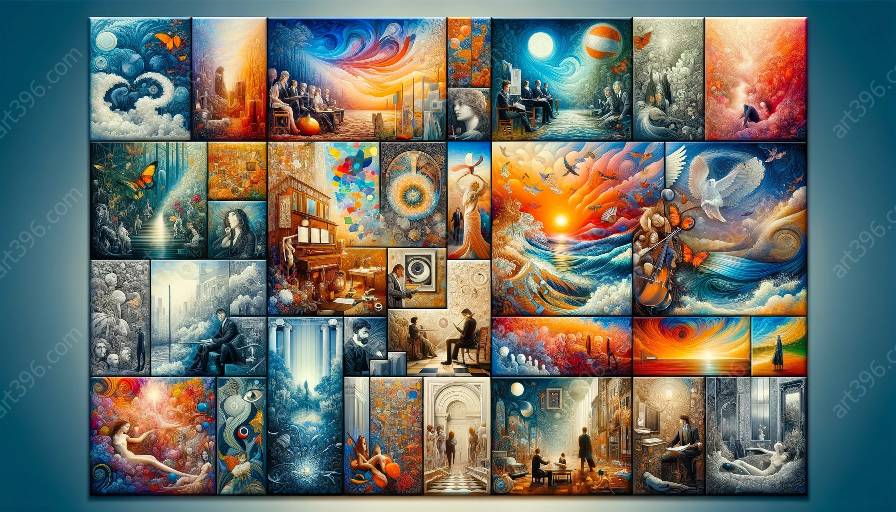Graffiti art has been a subject of controversy and fascination across generations, sparking debates about its legality, aesthetic value, and cultural significance
This article seeks to dissect how public opinion on graffiti art diverges across different generations and its impact on various art movements.
Graffiti Art: Shifting Views Across Generations
The Baby Boomer Generation:
Many individuals from this generation might harbor negative views towards graffiti art, associating it with vandalism and illegal activities. Graffiti was often seen as a form of defacing public property and a sign of urban decay.
Generation X:
The perception of graffiti art among Gen Xers might be more nuanced, influenced by the emergence of street art as a legitimate form of expression. Some might see graffiti as a rebellious and edgy form of art, while others may still view it as a sign of urban blight.
Millennials:
For millennials, graffiti art is likely seen as a dynamic and innovative form of self-expression. With the rise of social media and digital platforms, many millennials appreciate graffiti as a reflection of urban culture and a powerful tool for activism and social commentary.
Generation Z:
Gen Zers are known for embracing diversity and inclusivity, and this applies to their perception of graffiti art. They might view graffiti as a form of artistic resistance, reclaiming public spaces and challenging traditional norms of art and expression.
The Impact on Art Movements
Graffiti art has significantly influenced art movements, exemplifying the evolving nature of artistic expression. From the underground subculture of the 1970s to its inclusion in mainstream galleries and museums, graffiti has shaped and reshaped art movements over time.
Abstract Expressionism and Graffiti Art
The emergence of graffiti art challenged the conventions of abstract expressionism, introducing urban landscapes and vernacular aesthetics into the art world. This shift sparked critical discussions about the boundaries of high and low art and redefined the notion of artistic legitimacy.
Street Art and Graffiti Art
Street art and graffiti art are intricately connected, with street art often serving as a platform for graffiti artists to garner recognition and expand their influence. This symbiotic relationship has propelled street art as a powerful movement, blurring the lines between conventional art spaces and public domains.
Contemporary Art and Graffiti Art
The impact of graffiti art on contemporary art cannot be overstated. Many contemporary artists draw inspiration from graffiti techniques, incorporating elements of street art into their work. Graffiti's rise from the streets to the galleries has influenced the democratization of art, challenging elitist notions of what constitutes fine art.
Conclusion
The evolution of public opinion on graffiti art across generations has significantly shaped the landscape of art movements. Understanding the diverse perspectives on graffiti art provides valuable insights into the intersection of art, culture, and societal change.

